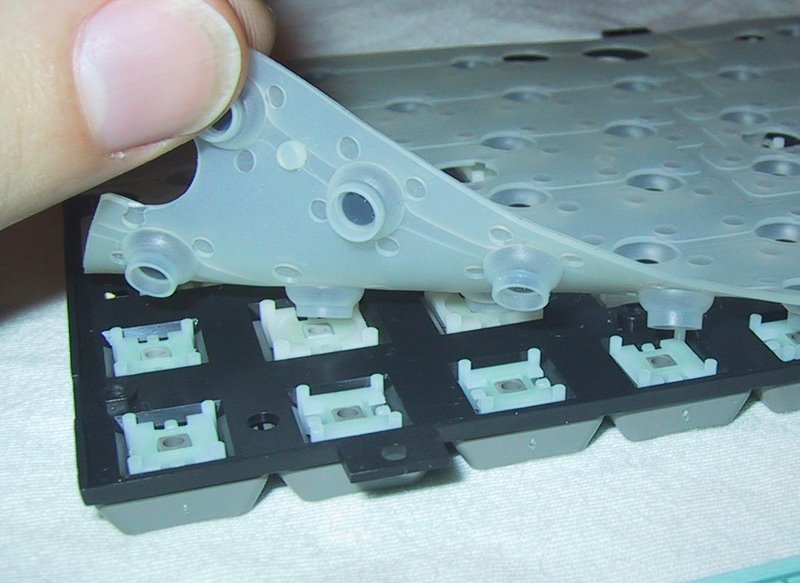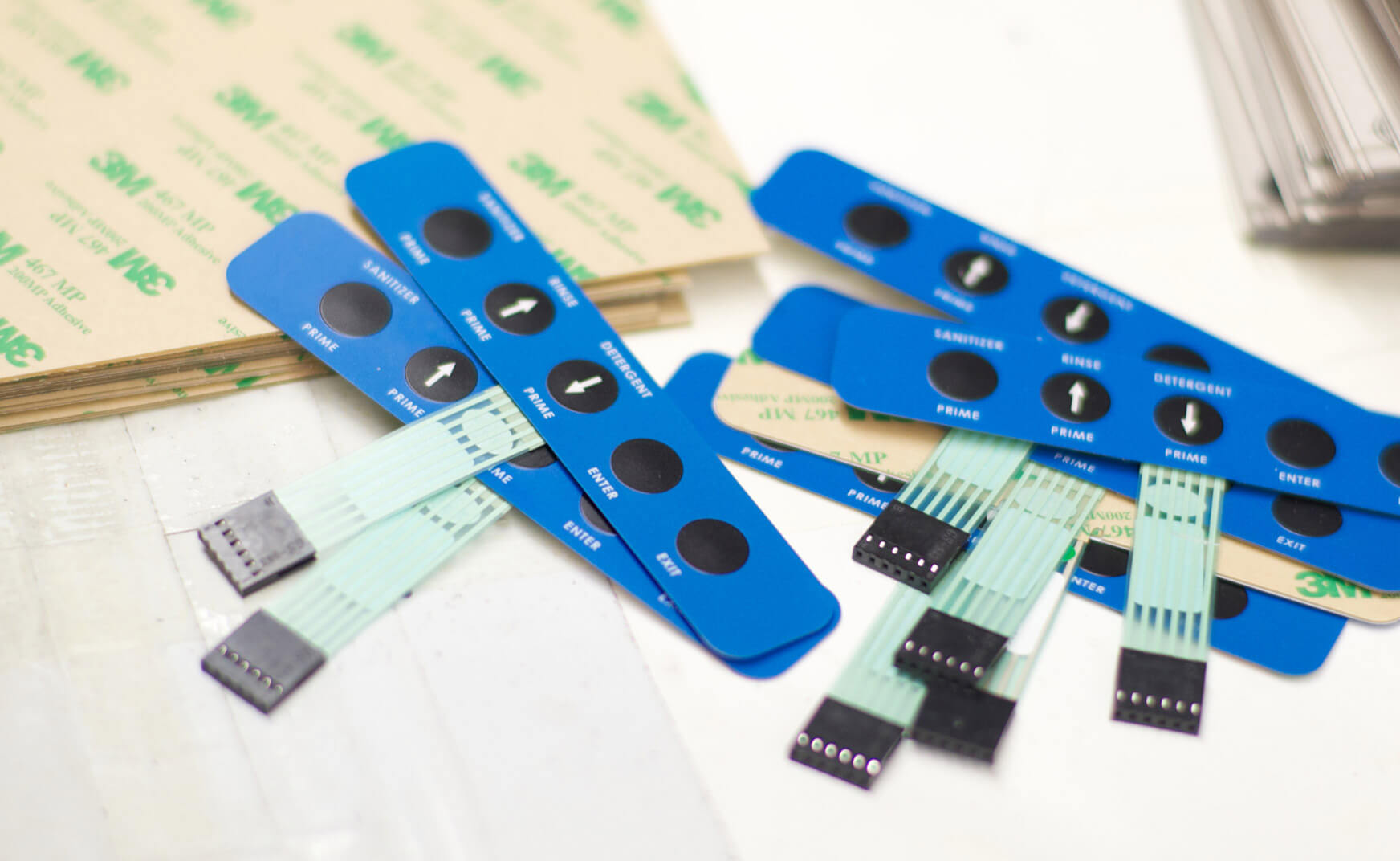Recognizing the Capability of Membrane Layer Switches for Customer User Interface Tools
The performance of membrane changes represents a considerable development in user interface layout, integrating performance with aesthetic flexibility. As markets increasingly focus on user experience, recognizing the nuances of membrane layer button modern technology becomes vital.
What Are Membrane Layer Switches?
Membrane layer buttons are ingenious user interface tools that help with customer communication with digital tools. These functional parts contain several layers, including a graphic overlay, spacer, and a printed circuit layer. The layout enables for a seamless assimilation right into numerous digital gadgets, boosting both the visual and functional elements of customer interfaces.
Membrane layer switches are generally utilized in a variety of applications, from home home appliances to industrial machinery and medical gadgets. Their construction usually features a slim account, making them an excellent choice for compact styles. The tactile feedback given by these buttons can be crafted to fulfill particular individual preferences, guaranteeing efficient interaction between the customer and the gadget.
Toughness is another significant advantage of membrane buttons, as they are immune to dust, moisture, and chemicals, which boosts their lifespan popular atmospheres. Furthermore, these buttons can be tailored in regards to shape, dimension, and graphic layout, enabling branding and user-specific features. On the whole, membrane switches over represent a useful option for enhancing individual experience in electronic tools, integrating capability with visual charm in a reliable way.
Just How Membrane Changes Work
Operating on an uncomplicated principle, membrane layer changes use a split building and construction to sign up user input effectively. Each button includes multiple layers, including a printed circuit layer, a spacer layer, and a leading visuals layer, which are created to collaborate seamlessly. When a user presses the top layer, it compresses the spacer layer, bringing the conductive aspects of the circuit layer right into call with each various other.
This get in touch with creates a shut circuit, signifying the gadget to implement a certain feature. The design allows for different configurations, including tactile comments, which can boost the customer experience by providing a physical feeling upon activation. The products utilized in membrane buttons commonly consist of versatile substrates, such as polyester or polycarbonate, which guarantee durability and strength against damage.

Secret Advantages of Membrane Buttons

An additional considerable advantage is their compactness. Membrane switches are slim and light-weight, which makes it possible for producers to conserve room in their devices without giving up capability. This feature is especially helpful in applications where weight and quantity are vital factors to consider.
Furthermore, membrane layer switches are immune to dust, wetness, and chemicals, boosting their durability. This durability expands their life-span and minimizes the need for frequent replacements, leading to see this page cost financial savings over time.
In addition, the responsive feedback provided by membrane layer switches can be enhanced to improve individual interaction. They can include functions such as raised buttons or audible clicks, enhancing use and customer experience.
Applications Across Industries
Individual interface tools utilizing membrane buttons prevail in a wide selection of industries, showcasing their versatility and functionality. Membrane Switch. In the medical industry, membrane buttons are important to gadgets such as diagnostic tools and client monitoring systems, where their longevity and convenience of cleansing are important for keeping hygiene criteria. In the automobile market, these buttons are utilized in control panel controls and infomercial systems, providing a smooth and modern-day interface for users.
Moreover, the consumer electronics field benefits from membrane layer switches in appliances and portable gadgets, where portable style and user-friendly user interfaces improve customer experience. Industrial applications additionally utilize membrane layer switches over for control panels in equipment and automation systems, highlighting their toughness and resistance to extreme settings.
In the aerospace and defense markets, membrane layer switches are used in cockpit controls and equipment, where reliability and efficiency under severe problems are extremely important. In addition, the gaming industry progressively incorporates membrane switches in controllers and game machines, adding to an appealing customer experience. Overall, the versatility of membrane changes allows their prevalent use throughout many markets, emphasizing their significance in contemporary customer interface style.
Future Trends in Membrane Layer Switch Modern Technology

Furthermore, making use of sophisticated products, such as polycarbonate and polyester films, is anticipated to rise, supplying improved resilience and resistance to environmental stressors. These materials add to the overall durability of membrane layer switches, making them appropriate for harsher industrial applications.
In addition, the incorporation of clever modern technology, consisting of IoT connection, will enable membrane layer switches to interact with other devices and systems, helping with a more interactive user experience. This fad aligns with the expanding need for clever devices throughout various fields, from healthcare to customer electronics.
Finally, modification options are expected to increase, allowing producers to create bespoke solutions customized to certain customer needs and choices. These growths will position membrane layer buttons as essential elements in the evolution of interface modern technology.
Final Thought
In conclusion, membrane layer switches over stand for a critical innovation in user interface modern technology, using a dependable and functional remedy for diverse electronic applications. As improvements in material scientific research and touch picking up innovations continue, the performance and applicability of membrane buttons are anticipated to broaden, reinforcing their importance in modern-day electronic tools.